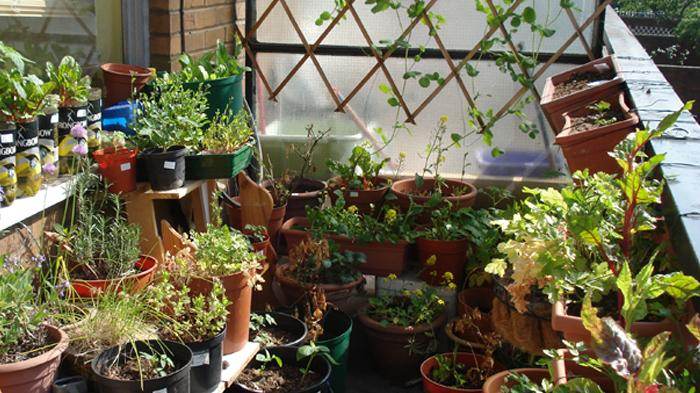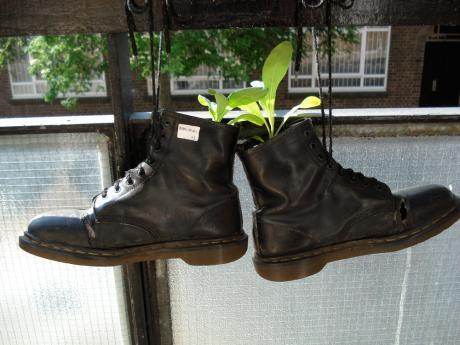
 2
2





 1
1





the introduction will cover the basics for getting started: planning your space with reference to permaculture principles; how to maximise your space; and the practicalities (like water, pots, and compost) that you’ll need to think about

How permies.com works
What is a Mother Tree ?












|
You frighten me terribly. I would like to go home now. Here, take this tiny ad:
Learn Permaculture through a little hard work
https://wheaton-labs.com/bootcamp
|








